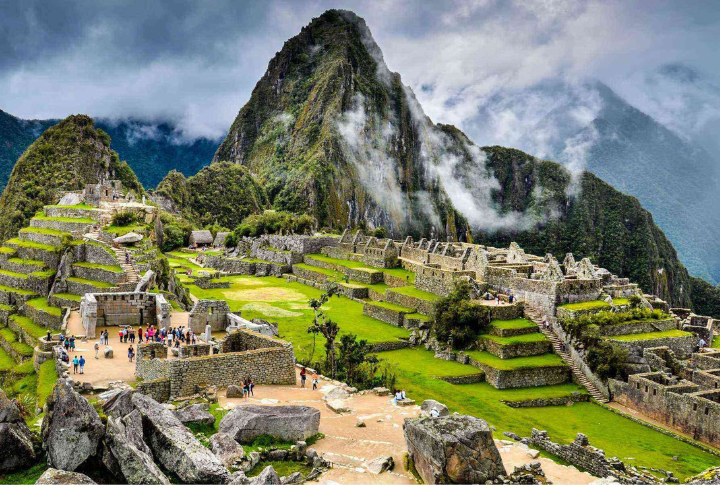
Mysterious ruins and cryptic relics—history is riddled with puzzles that refuse to be solved. Some secrets lie buried beneath the earth, while others hide in plain sight, daring experts to decode them. Will these ancient enigmas ever be unraveled, or will they continue to haunt the minds of archaeologists forever? We can’t answer the question. But let’s first read about those mysteries.
The Disappearance Of The Lost Army Of Cambyses

The Lost Army of Cambyses remains one of history’s greatest mysteries. In 524 BCE, 50,000 Persian soldiers allegedly vanished in Egypt’s Western Desert, buried by a violent sandstorm. Despite discoveries of ancient remains, the true fate of Cambyses’ army remains an enigma.
The Enigmatic Collapse Of The Maya Civilization
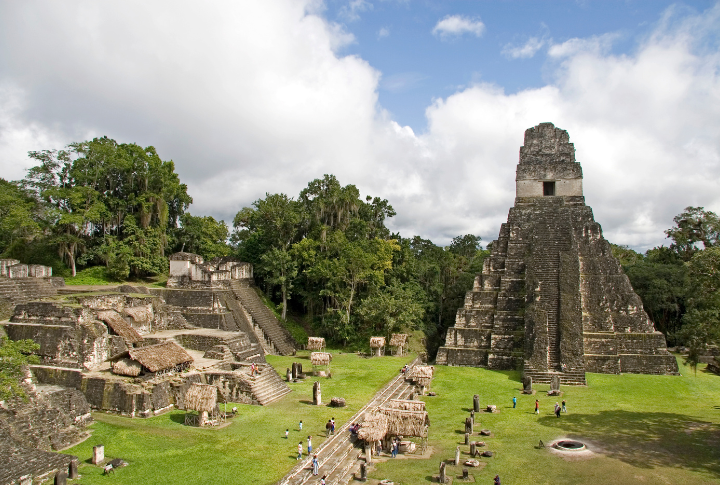
By the 9th century CE, once-thriving cities like Tikal and Copan were mysteriously abandoned, leaving behind towering pyramids and intricate hieroglyphs. Scholars point to prolonged droughts and political instability as key factors. At the same time, resource depletion made it increasingly difficult to sustain large populations.
The Sudden Abandonment Of The Jinsha Settlement

Only scattered relics remain, whispering of a once-thriving culture still shrouded in mystery. Amid China’s lush valleys, Jinsha flourished, overflowing with gold and ivory as artisans crafted exquisite treasures. Then, around 650 BCE, silence suddenly fell. Homes stood abandoned, and an entire civilization mysteriously vanished.
The Missing Land Of Doggerland
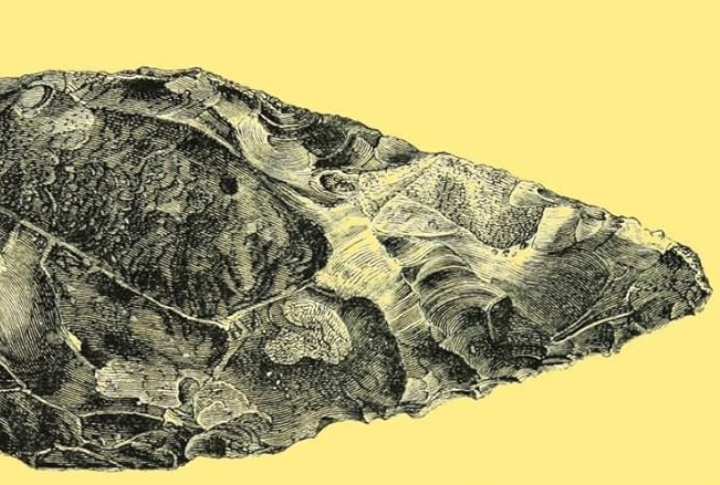
Once a sprawling landmass connecting Britain to mainland Europe, Doggerland vanished beneath the North Sea around 6000 BCE as melting glaciers triggered catastrophic flooding. Fossilized remains, ancient tools, and submerged forests hint at a lost civilization that thrived in this now-drowned environment.
The Unexplained Demise Of The Lajia Settlement
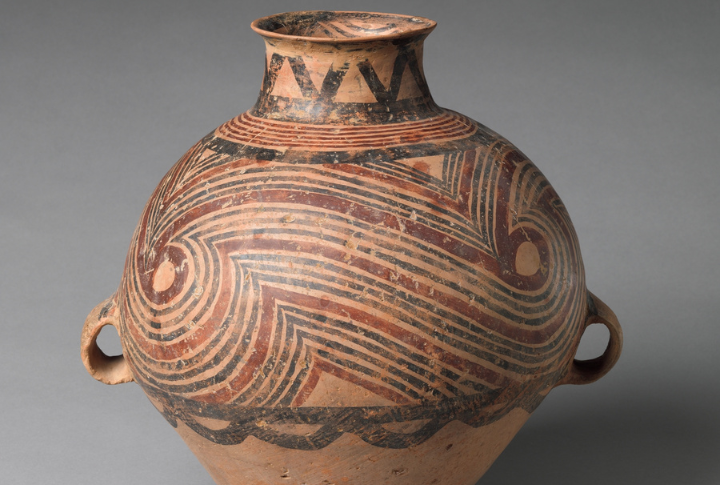
Lajia’s tragic end remains a mystery, as no records exist to explain its sudden demise. Some archaeologists speculate that a violent earthquake triggered a devastating mudslide that buried the settlement nearly 4,000 years ago. As archaeologists uncover haunting clues, such as collapsed homes and the world’s oldest millet noodles, they gradually piece together a civilization lost to time.
The Untranslated Script Of The Indus Valley Civilization
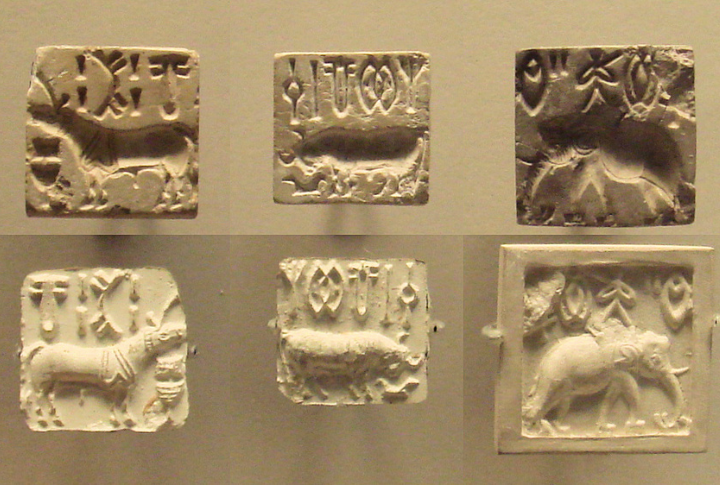
Without a Rosetta Stone to guide them, experts remain baffled by the Indus script, centuries-old symbols etched into seals and tablets dating back to 2600–1900 BCE. Found in the ruins of cities like Harappa and Mohenjo-Daro, these cryptic markings may represent a lost language or an early form of record-keeping.
The Purpose Of The Yonaguni Monument
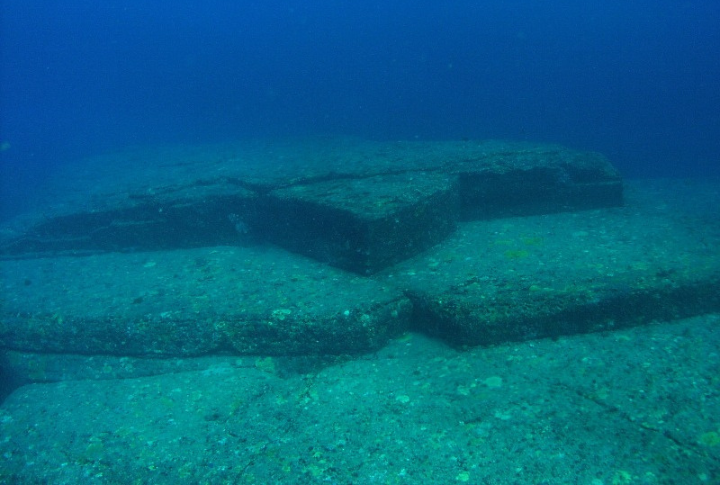
If crafted by human hands, this site could rewrite history, proving that advanced civilizations existed far earlier than believed. Towering stone structures rest beneath Japan’s coastal waters, their stair-like formations and terraces sparking debate. Are they natural formations shaped by time or remnants of a lost culture?
The Unopened Tomb Of Qin Shi Huang

Buried beneath a massive earthen mound, the tomb of Qin Shi Huang, who was China’s first emperor, remains sealed. Ancient texts describe rivers of mercury and deadly traps protecting his final resting place. Although radar scans confirm a vast underground complex, fears of damaging its contents have kept archaeologists from fully exploring it.
The Function Of Machu Picchu
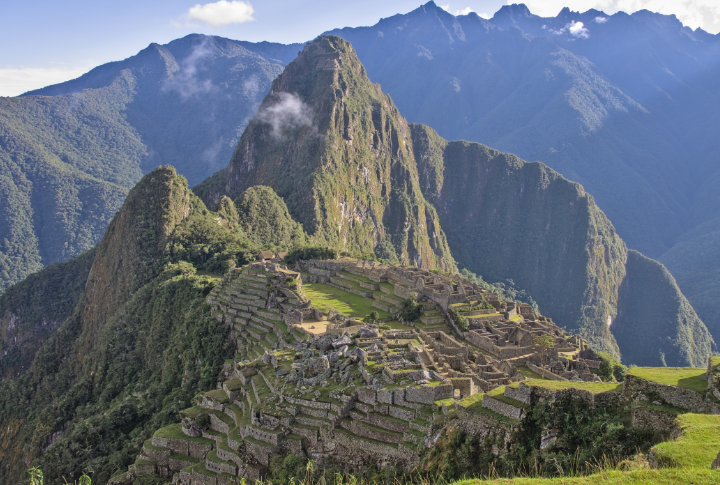
Each excavation reveals more questions than answers about Machu Picchu’s true purpose. Perched high in the Andes, this Incan masterpiece remains a puzzle. Was it a royal retreat or an astronomical observatory? Its isolation preserved its secrets and has left historians to piece together its enigmatic past.
The Secrets Of Gobekli Tepe
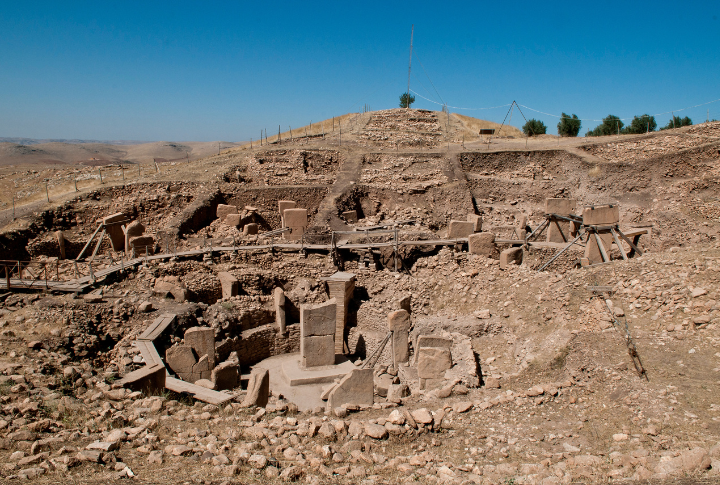
Who built it—and why? Carved over 11,000 years ago, the massive stone pillars of Gobekli Tepe predate Stonehenge by thousands of years, yet their purpose remains unclear. This ancient site in modern-day Turkey challenges the timeline of civilization, suggesting that early humans gathered for rituals before developing agriculture.
The Coexistence Of Humans And Megafauna In The Americas

Did early humans drive mammoths and giant sloths to extinction, or did they coexist for millennia? Evidence of tools and footprints suggests a long-shared history and has challenged the overhunting theory. Instead, climate shifts and habitat loss may have played a more significant role. But ultimately, no one truly knows.
The Purpose Of The Nazca Lines
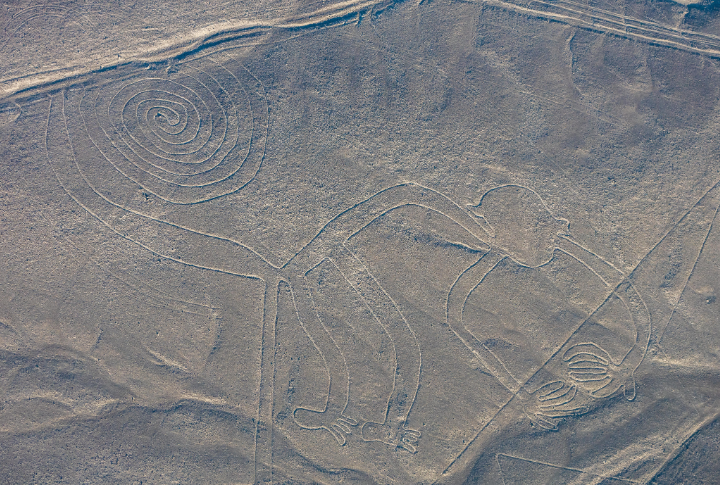
The exact function of the Nazca Lines remains unresolved despite extensive aerial mapping and ground surveys. Etched into Peru’s desert over 2,000 years ago by the Nazca people, these massive geoglyphs depict animals, plants, and geometric shapes, some stretching hundreds of feet across.
The Ulfberht Swords

Were they an early technological breakthrough or the product of lost trade secrets? These Viking weapons contain carbon levels similar to modern steel, yet no one knows how medieval blacksmiths achieved such advanced craftsmanship. Forged between the 9th and 11th centuries, Ulfberht swords exhibited metal purity unmatched until the Industrial Revolution.
The Origin Of The Stone Spheres In Costa Rica
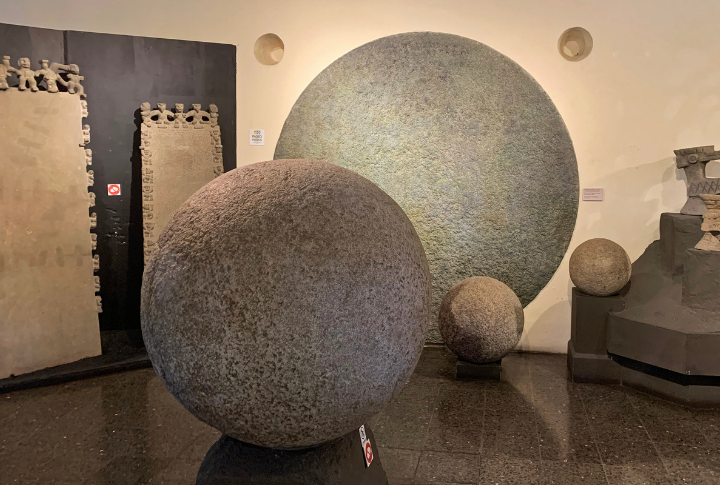
The massive stone spheres of Costa Rica, some weighing up to 16 tons, have puzzled archaeologists for decades. Scattered across jungles and ancient settlements, these perfectly rounded stones defy explanation, as no clear records reveal why they were created or how they were shaped with such precision.
The Function Of The Antikythera Mechanism
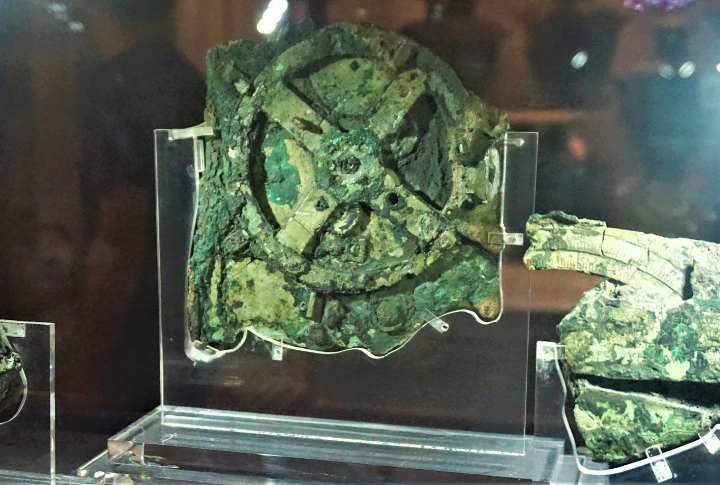
Although its creators and purpose remain debated, modern reconstructions confirm the Antikythera Mechanism’s astonishing astronomical accuracy. Dubbed the world’s first analog computer, this intricate bronze device was recovered from an ancient Greek shipwreck and later found to predict celestial events with remarkable precision.
The Disappearance Of The Ancestral Puebloans
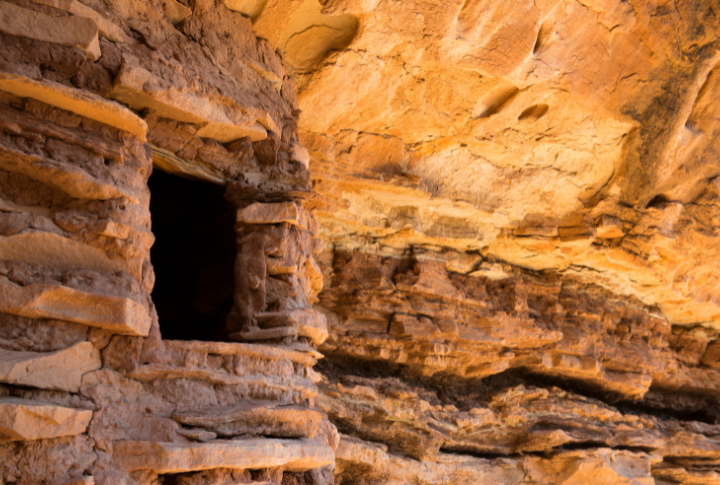
Imposing cliff dwellings in the American Southwest tell of a thriving community, yet by 1300 CE, the ancestral Puebloans mysteriously abandoned their homes. While their great cities fell silent, their descendants—modern Pueblo tribes such as the Hopi and Rio Grande Pueblos—still carry traditions that offer clues to their ancestors’ fate.
The Purpose Of The Carnac Stones

Thousands of massive stones stretch across the fields of Carnac, France, standing in eerie, perfect rows like an ancient game of dominoes. Dating back to 3300 BCE, their purpose is unknown. Some believe they align with the stars, while others think they’re remnants of a lost ritual.
The Origin Of The Tarim Mummies
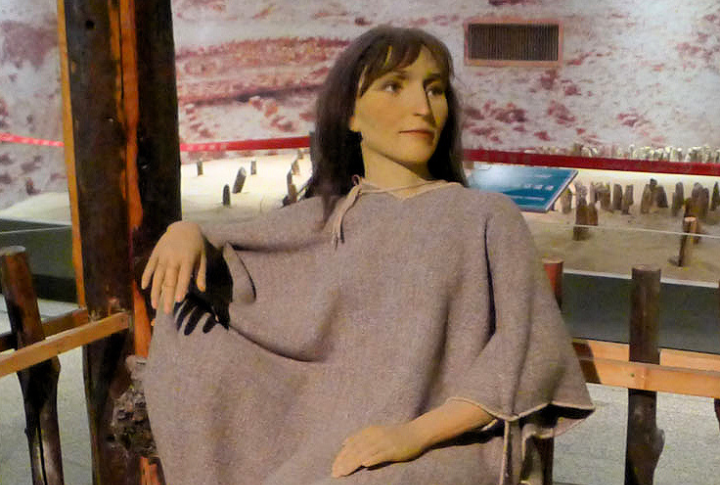
These mummies exhibit European features, yet their location deep in Asia raises intriguing questions. Their DNA and burial styles suggest an unexpected cultural fusion, indicating connections between ancient Western and Eastern civilizations. As researchers uncover more evidence, their presence continues to reshape our understanding of early human migration and interaction.
The Lost City Of Z

Did it exist, or was it merely an illusion of European ambition? The legendary Lost City of Z has interested explorers for centuries, its rumored grand stone ruins hinting at an advanced civilization deep within the Amazon. In 1925, British explorer Percy Fawcett vanished while searching for it, which sparked decades of speculation.
The Construction Techniques Of The Pyramids
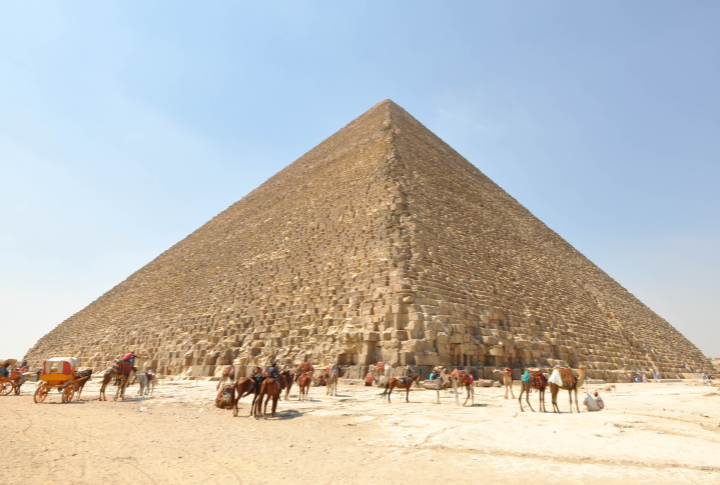
The Pyramid of Giza is a marvel of ancient engineering, built with limestone blocks weighing over 80 tons. Without modern cranes, how did the Egyptians achieve this feat? Massive ramps or a lost technique? The actual construction methods remain a mystery.

